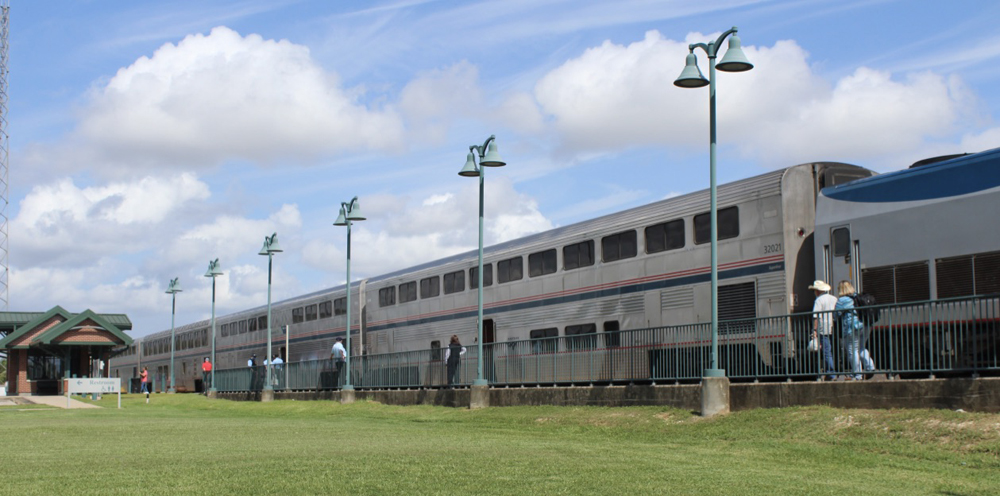
Amtrak cited the COVID-19 pandemic as justification in October 2020 when it cut most long-distance train frequencies to triweekly, furloughed employees, and began sidelining cars and locomotives.
But in 2021, as the market began signaling the services it sought — with business and commuter travel languishing while shorter consists on national-network trains continued to sell out. — management did not react. The cost-focused maintenance, training, and employment plan was never adjusted.
The $1.018 billion of additional funding provided to Amtrak in 2020’s CARES Act, and subsequent congressional appropriations, were intended, as then-Federal Railroad Administrator Ron Batory said, to “help ensure that Amtrak is able to quickly return to service supporting both the public’s transportation mobility needs, and America’s economic recovery from the COVID-19 public health emergency.”
Yet when plans were announced in March to resume daily long-distance service at the end of May, just as vaccine availability made passengers more comfortable with travel, Amtrak moved in the other direction for the traditionally busy summer season:
— Single-level Eastern trains from New York to Florida, New Orleans, and Chicago mostly operated with only two coaches.
— The Superliner-equipped Chicago-Washington Capitol Limited and Chicago-San Antonio, Tex., Texas Eagle lost their passenger-friendly Sightseer lounges, and were also reduced to two coaches.
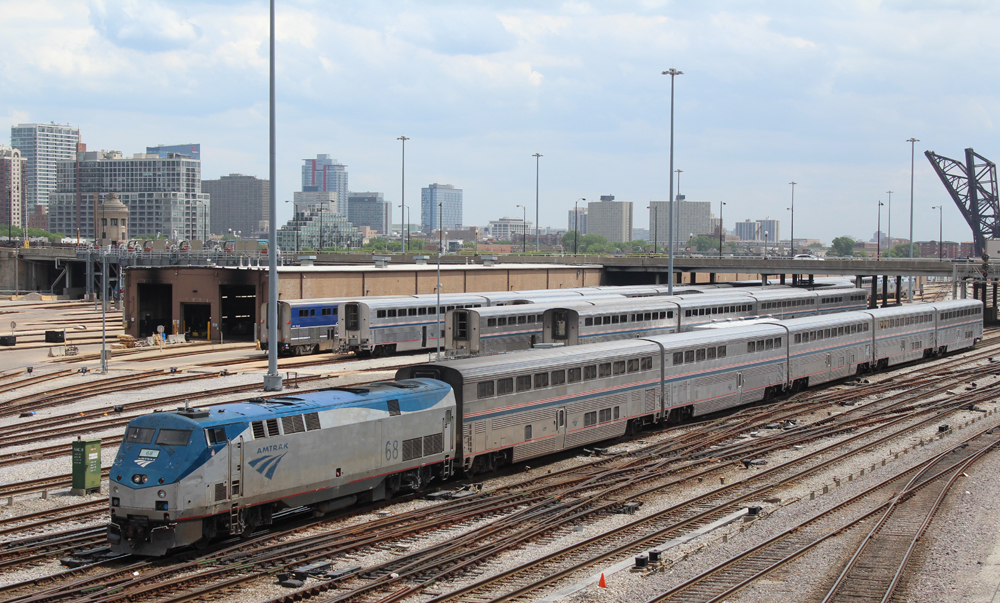
— Second and third sleeping cars or transition sleepers remained sidelined on Western trains. In the East, Amtrak did not expand consists with its 25 new Viewliner II sleeping cars, although demand for private rooms surged. Even Auto Train, which benefited from exorbitant rental car prices, was slimmed down and suffered repeated sellouts.
A Trains survey counted 66 cars “missing” from Superliner-equipped trains, excluding Auto Train, compared to pre-pandemic consists [see “Coming back — Amtrak’s steps (and missteps) to recover from pandemic,” November 2021 Trains].
With sufficient capacity, lower prices can attract more revenue where travel demand is elastic. At a Nov. 9 hearing, company President Stephen Gardner told Congress that during 2021, Amtrak attracted 500,000 riders who had never ridden one of its trains before. In the Northeast Corridor, there were enough departures and space on trains to lure new clientele with lower fares. This was not possible on long-distance trains with two coaches and one sleeping car; unless cars are added, keeping prices high for limited inventory is a prudent decision.
That’s exactly what happened. Amtrak recently released results for the fiscal year ending on Sept. 30, 2021, without revealing route-by-route revenue statistics. But Trains News Wire had obtained those results, which showed that, compared to fiscal 2019, fares per rider in 2021 dropped 26% in the Northeast Corridor. They were up 36% for passengers riding long-distance trains.
Despite carrying about half as many travelers as Acela and Northeast Regional, Amtrak’s interregional trains nearly achieved comparable revenue ($330.7 million for long distance versus $343.0 million for the Northeast Corridor). If more cars and locomotives had been available to address demand, there is no question the long-distance group could have raked in many more dollars.
A significant part of the problem, of course, is that onboard staff and mechanical craftsmen left the company at the beginning of the pandemic and following the triweekly cutbacks. Rather than return to their old jobs, many of these employees went elsewhere, taking with them the institutional knowledge and training they had gained.
Additional News Wire reading:
“Analysis: Coach sellouts hinder Amtrak long distance travelers,” Jan. 4, 2021.
“Analysis: Coach sellouts, high sleeper prices continue on Amtrak’s long-distance network,” April 15, 2021.
“Analysis: Amtrak fiscal 2021 results favor longer routes,” Oct. 11, 2021
Coming Dec. 26: Top Ten stories Nos. 7 and 8





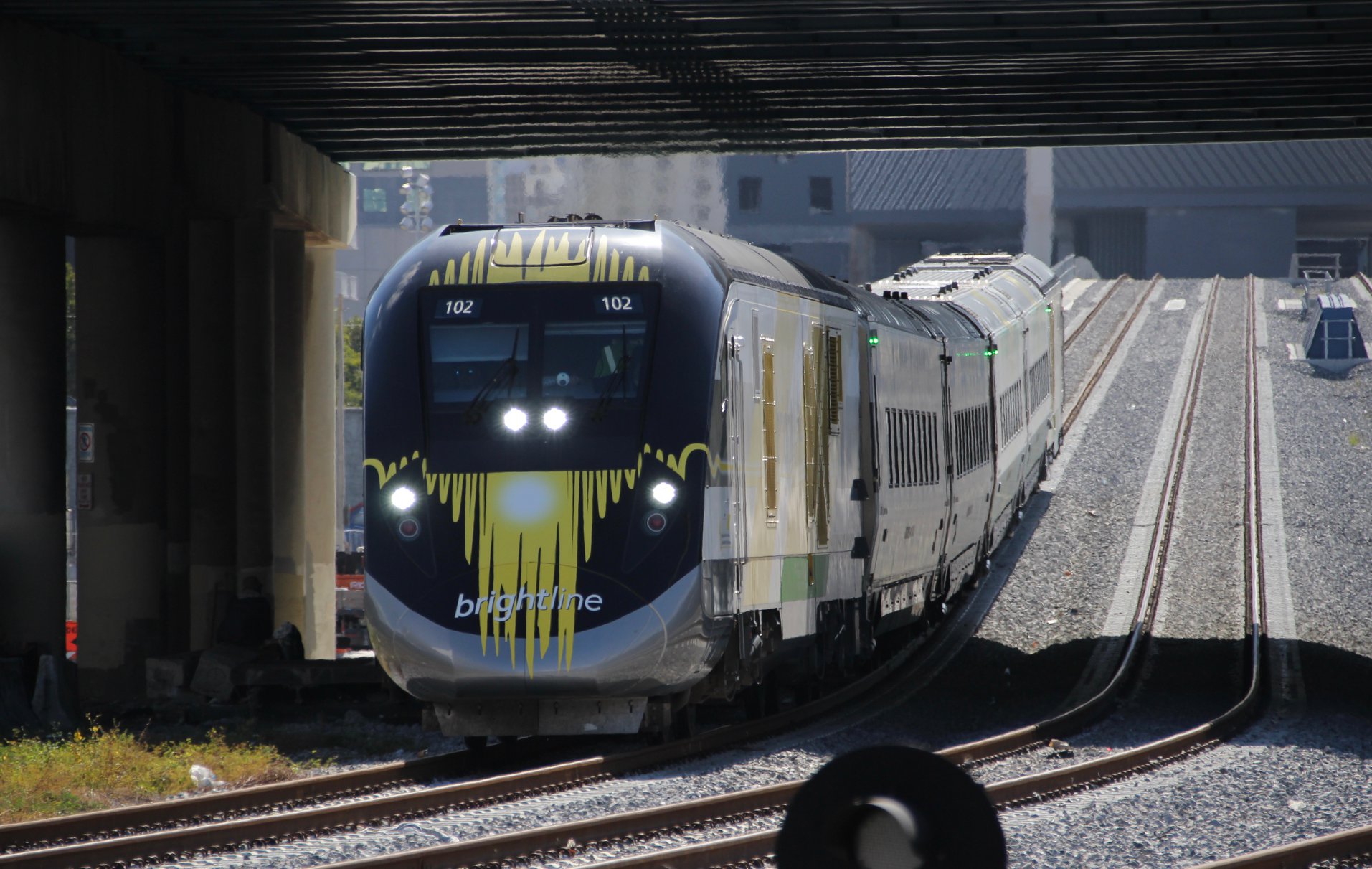

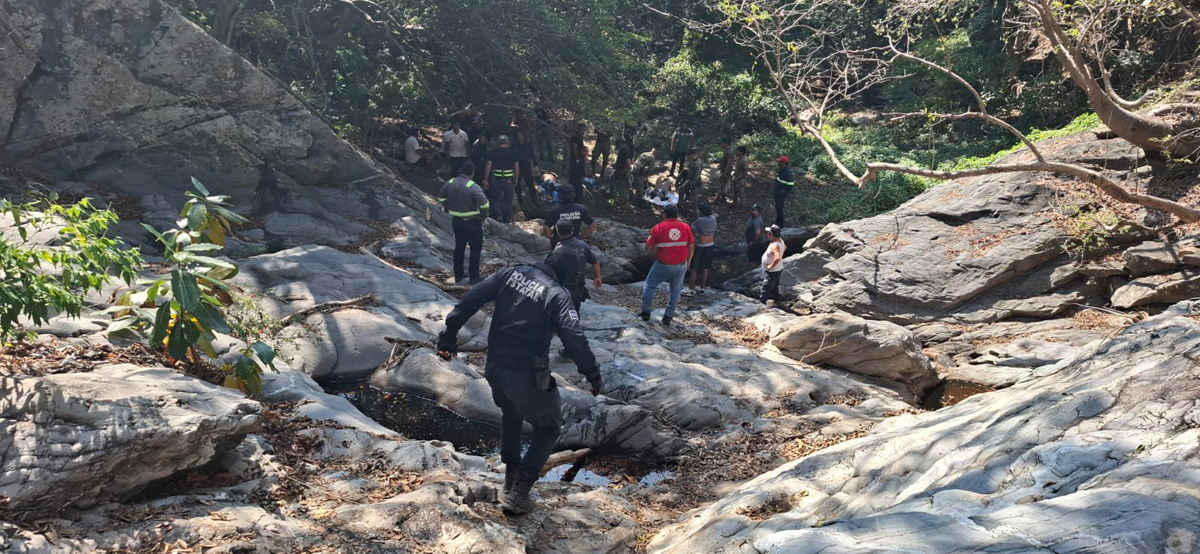
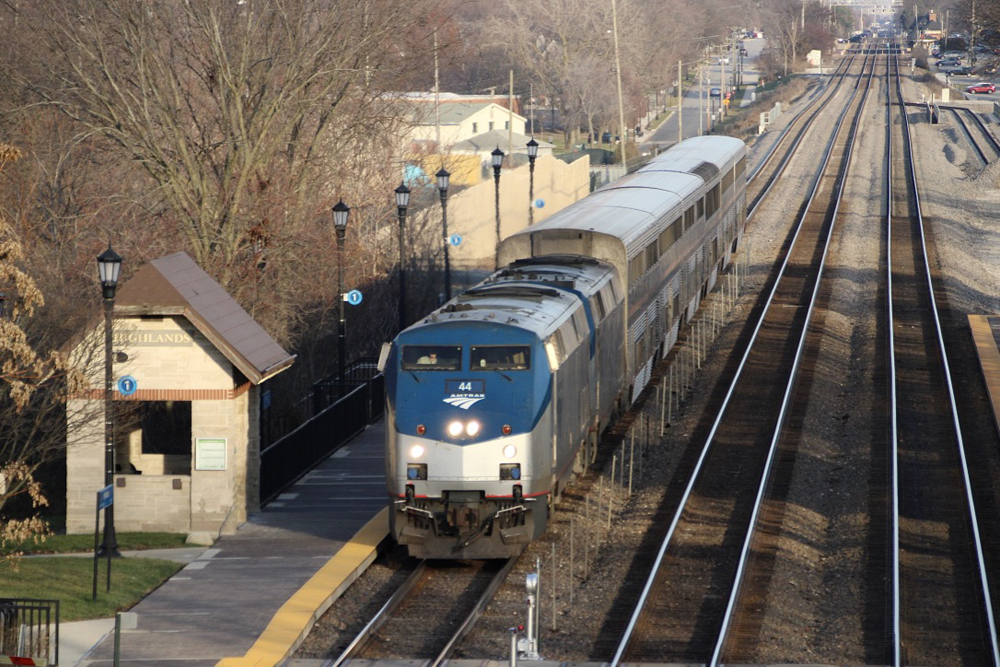
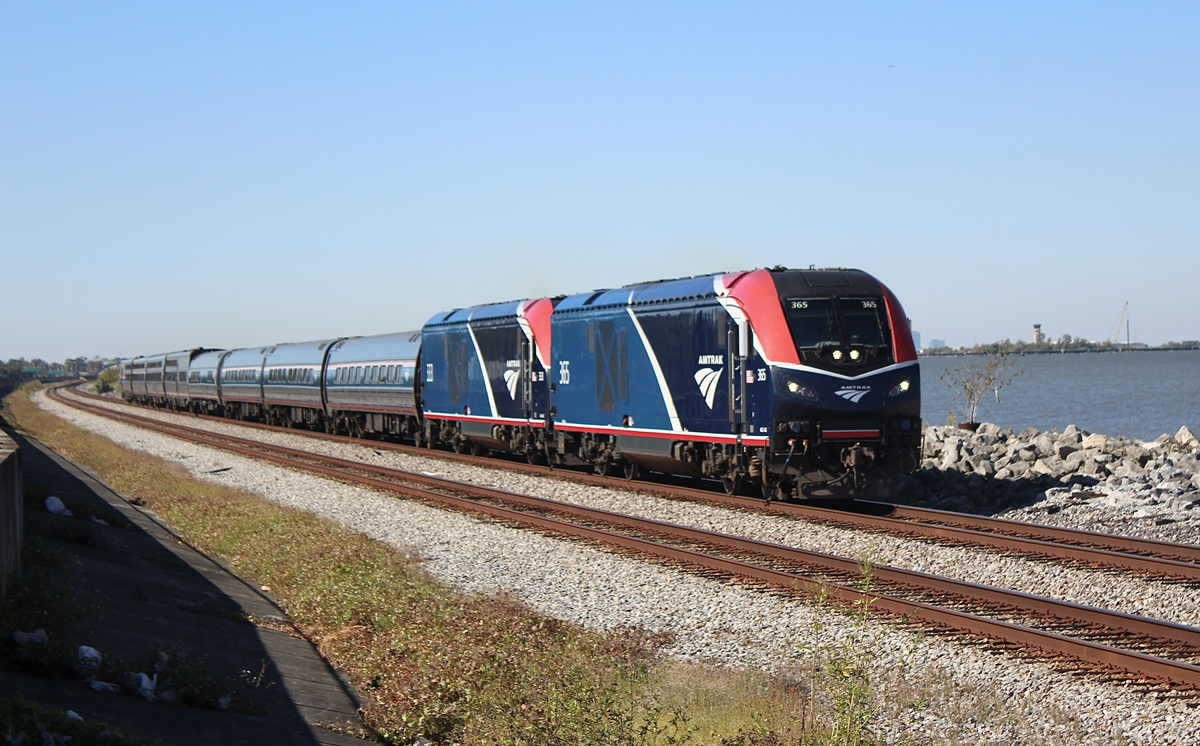





Senators and Representatives from the Philadelphia area and from Delaware generally do ride the train – not just Joe Biden and not just Democrats. It’s a feasible commute and you can be in youir real home every night.
From Boston or Albany it’s an all-day ride, so those Hon’s may be forgiven. I have driven between the Boston area and Philadelphia when neither South Station nor Rte 128 was convenient and I was not on an MBTA route.
Finally, I rode those SR rebuilt HW cars in long-distance service. They had wide windows and rode well; the seats and electrical systems were newer than the 1940 LW cars and I had no complaints.
Very good highways and pickup trucks and cars, and airlines have really been a death signal for rail passenger trains for years.. You know without government cash AMTRAK would shut down tomorrow. The only place it can come close to covering expenses is the NE Corridor. Accept AMTRAK for what it is or kill it.
We are inevitably marching towards NEC only Amtrak. What I recall most about the Hoosier State fiasco, is Amtrak’s strident opposition to innovation. Rather than learn from it, and working to make a profit, Amtrak’s petulance will forever prevent any private capital from being risked on passenger rail. I agree with above post: fire current Amtrak board.
Absolutely the present Amtrak Board needs to be canned. And say to each of them “Don’t let the door hit you in the butt on your way out”. Especially the most NEC-centic of of all of them, Board Chair Anthony Coscia. But Mr. Chandler, do you really think House and Senate members from all those states outside the NEC will vote to support it? I sure don’t. And those states shouldn’t. What could happen is Congress votes to put the NEC in the very slot current Amtrak President and CEO Stephen Gardner worked so hard to avoid when he help craft the PRIIA, namely Section 209.
The two-coach, one-sleeping car formula adopted by Amtrak on many long distance trains harkens to the consist of Southern Railway’s Washington – Memphis ‘Tennessean’ for most of the 1960s with two heavyweight coaches, a diner (between Bristol, Virginia and Knoxville, Tennessee) and one glistening lightweight stainless steel Pullman sleeping car highlighting an otherwise drab weathered heavyweight consist that also included an RPO, four baggage cars and three express “high speed” box cars.
Southern downgraded ‘The Tennessean’ from a pristine streamliner to a secondary train by 1955 due to corrosion of its original 1941 Pullman-Standard train sets. Rather than replace the affected cars with new cars, heavyweight coaches and diners took their places. The newer 1949 and 1950 vintage Pullman-Standard sleeping cars remained the only lightweight stainless steel equipment until the end of 1965 when ‘The Tennessean’ was truncated from Washington to Chattanooga.
Looking beyond the internectine battle of words above, anybody really interested in passenger rail travel should be concerned with the overt repetition compulsion of Amtrak’s leadership to consistently make the wrong decision.
Just recently, this devolution of the alleged national rail system has included reducing daily inter-regional schedules to just 3 times per week to ensure broken connections; while cutting maintenance forces to ensure inability to maintain and prepare equipment for return to service, as well as loss of skilled work force.
Like the slack running out on a freight train, the lack of an experienced Board to demand accountability for management’s decisions ensured insufficient equipment to provide complete consists when returning to daily service; directly impacting revenue opportunities.
If Amtrak were to be evaluated in the private sector, it would not take long for shareholders to elect to throw out the Board and corporate management for failing to operate America’s federal railroad based on the above issues; also failing to have a keen eye towards creating consists to meet travel demand to achieve revenue opportunities.
Surprisingly, not even Congress has caught on to the systemic ineptness persistently evidenced by Amtrak; which should have triggered the OMB and DOT to demand stricter accountability for how the billions will be spent. Between Amtrak and Congress epitomizes the “blind leading the blind.”
Stricter accountability has no meaning here. Every dollar of government waste is somebody’s paycheck, and that “somebody,” will fight with all their might to keep it.
There ought to be a stock sale making Amtrak a purely private company with no further government subsidies.
Mr. Singer, there is to my mind a very simple explanation as to why Congress has not “caught on” to Amtrak’s “systemic ineptness”. It’s because they don’t ride! They have never experienced the good, the bad, and yes sometimes the ugly, of riding 20-odd hours on an overnight LD. They haven’t even experienced a 5-7 hour daytime ride. Want proof? Two of the great liberal hopes in the Democratic Party, Boston Mayor Michelle Wu and NYState Governor Kathy Hochul, both with huge blue Ds next to their names, recently traveled to DC to meet the party faithful and perhaps “Amtrak Joe”. And they didn’t ride the train. Not even on the NEC, Amtrak’s only bedrock after 50 years, would these two all-stars (just ask ‘em they’ll tell ya’) ride. Congress and other elected officials understand nothing of how railroads run and they don’t care to learn.
There are 16 Senators representing the eight states along the NEC from Boston thru Washington, DC on to Richmond in rail friendly VA. If you include the Downeasters, add more four Senators. That’s 20% of the Senate, which means Amtrak will (1) never be eliminated, and (2) it will continue to have a NEC centric bias. These facts encourage Amtrak’s criminal, non-GAAP accounting whereby it misallocates its NEC infrastructural deficit across the rest of the system to extort more money from CA, IL, WI, MO, PA, NC, etc. and pretend the long distance trains (especially the 3 times per week routes) are losing $300+ per passenger.
Why has Congress never demanded Amtrak get its F/S audited? At least future boards will have national composition.
Seems to be rthe typical, these days, ill-conceived plans to meet the public’s needd by yet another Federal gov’t. operator.
The USA needs privitized providers again to spawn motr cost effective ttansportation through free entrrprise competition!
Such negatively! Clearly people want to ride Amtrak long distance or they wouldn’t sell out, even with unreasonably high prices because of shortages.
Gas from Florida to South Carolina, each way: $32
Amtrak tickets: $58 per person
Passenger load:Two north, three south
Travel time: similar to Amtrak, plus meal stops (choice of restaurant)
Departure time from Florida:
Car- 13:30, immediately after completing last of decorations — highly convenient.
Amtrak- 21:00, with high risk of being late and 60 mile drive to station
Departure time from South Carolina:
Car – 09:45
Amtrak- 01:30-ish, with high risk of late train
Amtrak just does not work for most people in terms of time and/or cost.
As I explained to my daughter as we passed the equivalent of a passenger train every few minutes on the interstate, if Amtrak were shut down (outside the NEC) nobody would notice the few extra cars or airline passengers.
She then looked up their “menu” of prepackaged microwave foods. She said they’d be better retooling and selling a luxury experience to just a few people.
The railroads should have held out another 10 years and the last of the passengers would have voluntarily left—problem solved! Now the freight railroads have Amtrak forever.
Just about the only times I take Amtrak are when I don’t want my car or need no to have it on the other end. (1) Milwaukee to Downtown Chicago, don’t want car, train is better. (2) One-way trip to meet my wife somewhere, and we drive back together in her car.
Beyond that, I’ve not ridden Amtrak in almost twelve years, which was Milwaukee to Detroit and back, January 2010. Since then if I need to get to Detroit I fly. Ditto when I need to get somewhere else…
A rail trip means adding half a headway to your itinerary – half a headway can be 12 hours. Drive you get where you’re going when you want to get there.
As for the number of cars you pass, bingo. A single relatively low stress freeway has as many vehicles daily as Amtrak has daily passengers —- Nationwide. Sum of all corridors and all LDs.
Gasoline costs ar only a fraction of the cost of driving a car. Cost per mile of a midsized car is between 60 and 80 cents per mile, according to AAA. It is about 500 miles form SC to FL, depending on where in each state you are heading. 500 x .60=$300.00 How does that $58.00 look now?
True, Laurence. The cost of driving a midsized car approaches a dollar a mile. There are also hidden costs of taking Amtrak. Let’s say hypothetically I drive to an Amtrak station, pay to park there … then at the other end someone drives to pick me up then drives me to her home. At almost a dollar a mile. Add in the indirect routing and the expenditure of time. Time is money. Chances are a car is cheaper (as well as much more convenient), especially if there is more than one passenger along.
Amtrak is a niche market. Let’s go back to my trip Milwaukee to Detroit twelve years ago next month. Amtrak worked out, as it almost never does. Friend has surgery at Henry Ford Hospital in the New Center. Amtrak station is in the New Center. I found a hotel in the New Center. Therefore, no need for a car, whether a rental car or my own.
That was the last time, almost a dozen years ago, I’ve ridden Amtrak outside of Wisconsin and Illinois.
I think the current IRS allowed car mileage expense is almost $ .50/mile. However many car costs are fixed (depreciation, insurance) so the marginal cost would be lower (gas, tires, maintenance). For a family Amtrak is not cost effective. For California’s moronic High Speed Rail project the voter information for the original voter bond approval noted that HSR tickets would cost more than airplane tickets (pay more, get less!). VIA’s Canadian does better because it is sold as a vacation experience (popular too with tour companies) not as basic transportation (sleepers way outnumber coaches). Amtrak might do better with long distance trains if sold as a tour experience with IMPROVED service instead of as just transportation (like Rocky Mountaineer’s new Moab to Denver service). That would require a revolution in thinking by Amtrak and Congress.
It was 368 miles. The marginal cost of driving including fuel, oil, transmission fluid, tires, etc.) is still far cheaper than a total of five $58 tickets.